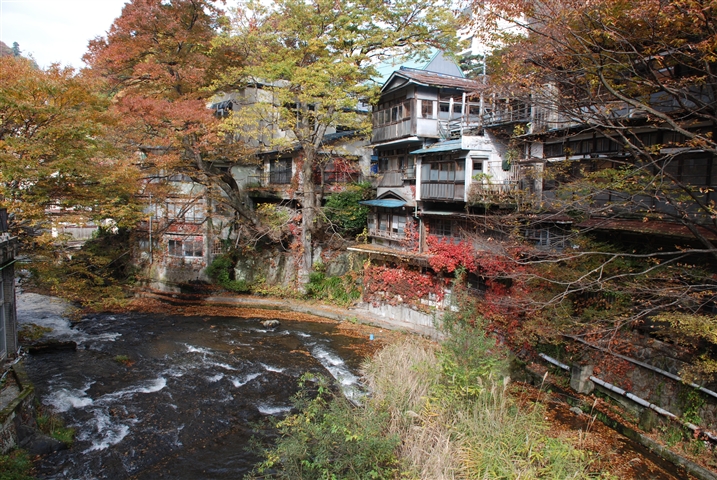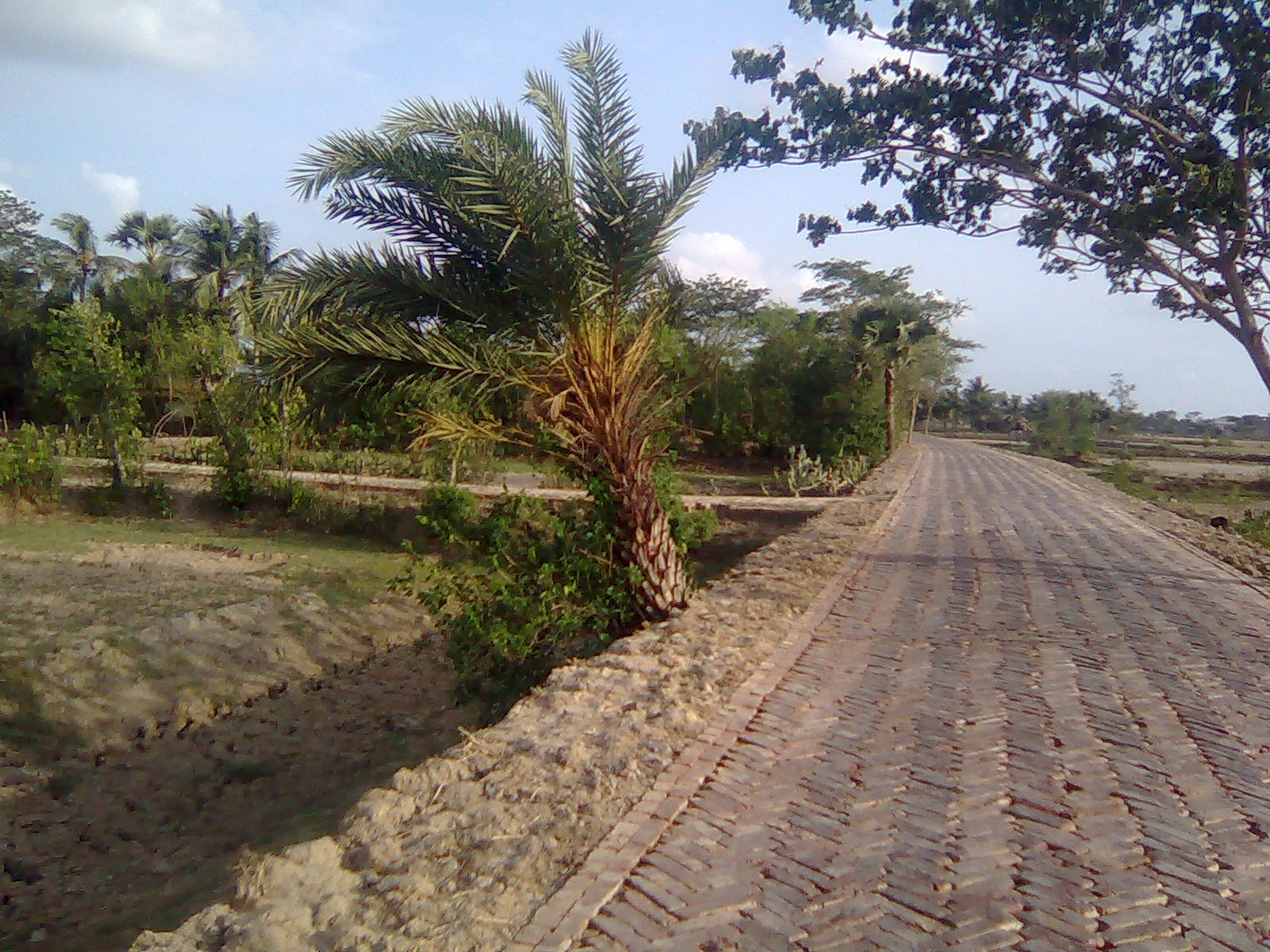|
Japan National Route 252
National Route 252 is a national highway of Japan connecting Kashiwazaki, Niigata and Aizuwakamatsu, Fukushima in Japan, with a total length of 204.6 km (127.13 mi). Route description A section of National Route 252 in the town of Kaneyama in Fukushima Prefecture is a musical road. Parts of the highway close in winter, making the Tadami line the only means of transport between several towns. See also *Tadami Line The is a scenic railway line in Japan operated by East Japan Railway Company (JR East). It connects Aizu-Wakamatsu Station at Aizuwakamatsu in Fukushima Prefecture with Koide Station at Uonuma in Niigata Prefecture. The line opened in discon ... References National highways in Japan Roads in Fukushima Prefecture Roads in Niigata Prefecture Musical roads in Japan {{Japan-road-stub ... [...More Info...] [...Related Items...] OR: [Wikipedia] [Google] [Baidu] |
National Highways Of Japan
Japan has a nationwide system of distinct from the expressways. The Ministry of Land, Infrastructure, Transport and Tourism and other government agencies administer the national highways. Beginning in 1952, Japan classified these as Class 1 or Class 2. Class 1 highways had one- or two-digit numbers, while Class 2 highways had three-digit numbers. For example, routes 1 and 57 were Class 1 highways while 507 (the one with the highest number) was a Class 2 highway. A 1964 amendment to the governing law resulted in a unification of the classes, which took effect in April of the following year. Highways numbered since that time have had three-digit numbers, so the numbers 58–100, which had so far been unused, remained unused. However, when Okinawa Prefecture reverted to Japanese control in 1972, Route 58, with its southern endpoint in Okinawa's capital city of Naha, was established. The numbers from 59 to 100 remain unused. Some other numbers have been vacated by the joining or ... [...More Info...] [...Related Items...] OR: [Wikipedia] [Google] [Baidu] |
Japan
Japan ( ja, 日本, or , and formally , ''Nihonkoku'') is an island country in East Asia. It is situated in the northwest Pacific Ocean, and is bordered on the west by the Sea of Japan, while extending from the Sea of Okhotsk in the north toward the East China Sea, Philippine Sea, and Taiwan in the south. Japan is a part of the Ring of Fire, and spans Japanese archipelago, an archipelago of List of islands of Japan, 6852 islands covering ; the five main islands are Hokkaido, Honshu (the "mainland"), Shikoku, Kyushu, and Okinawa Island, Okinawa. Tokyo is the Capital of Japan, nation's capital and largest city, followed by Yokohama, Osaka, Nagoya, Sapporo, Fukuoka, Kobe, and Kyoto. Japan is the List of countries and dependencies by population, eleventh most populous country in the world, as well as one of the List of countries and dependencies by population density, most densely populated and Urbanization by country, urbanized. About three-fourths of Geography of Japan, the c ... [...More Info...] [...Related Items...] OR: [Wikipedia] [Google] [Baidu] |
Kashiwazaki, Niigata
is a city located in Niigata Prefecture, Japan. , the city had an estimated population of 81,836 in 34,883 households, and a population density of 187 persons per km². The total area of the city was . Geography Kashiwazaki is located in a coastal region of south-central Niigata Prefecture. Part of the city is within the borders of the Sado-Yahiko-Yoneyama Quasi-National Park. The highest elevation is the summit of Mount Gozu at 912 meters. Surrounding municipalities *Niigata Prefecture ** Jōetsu ** Nagaoka **Tōkamachi **Izumozaki **Kariwa Climate Kashiwazaki has a Humid climate (Köppen ''Cfa'') characterized by warm, wet summers and cold winters with heavy snowfall. The average annual temperature in Kashiwazaki is . The average annual rainfall is with December as the wettest month. The temperatures are highest on average in August, at around , and lowest in February, at around . Demographics Per Japanese census data, the population of Kashiwazaki has been declining f ... [...More Info...] [...Related Items...] OR: [Wikipedia] [Google] [Baidu] |
Aizuwakamatsu, Fukushima
is a city in Fukushima Prefecture, Japan. , the city had an estimated population of 118,159 in 50,365 households, and a population density of 310 persons per km2. The total area of the city was . Geography Aizuwakamatsu is located in the western part of Fukushima Prefecture, in the southeast part of Aizu basin. Mountains * Mount Ōtodake (1416 m) * Mount Seaburi * Mount Oda * Mount Iimori Rivers * Aga River * Nippashi River * Yugawa River * Sesenagi River Lakes * Lake Inawashiro * Lake Wakasato * Lake Higashiyama * Lake Sohara Hot springs * Higashiyama Onsen * Ashinomaki Onsen Administrative divisions There are 11 administrative divisions (hamlets or ) in the city. * Wakamatsu * Machikita * Kouya * Kouzashi * Monden * Ikki * Higashiyama * Ōto * Minato * Kitaaizu * Kawahigashi Neighboring municipalities Fukushima Prefecture *North: Kitakata, Aizubange, Yugawa, Bandai *East: Koriyama, Inawashiro *West: Aizumisato *South: Shimogo, Tenei Climate Aizuwakamats ... [...More Info...] [...Related Items...] OR: [Wikipedia] [Google] [Baidu] |
Kaneyama, Fukushima
is a town located in Fukushima Prefecture, Japan. , the town had an estimated population of 1972, in 1037 households and a population density of 6.7 persons per km². The total area is . Kaneyama is noted for its spectacular scenery. Geography Kaneyama is located in mountainous northwest of the Aizu region of Fukushima Prefecture, bordered Niigata Prefecture to the west. Kaneyama has no town center, but is an artificial construct made up of a number of small villages scattered alongside the Tadami River. Kaneyama has many hot springs. *Mountains : Mount Mikagura (1386.5 m), Mount Takamori *Rivers : Tadami River *Lakes: Lake Numazawa Climate Kaneyama has a humid continental climate (Köppen ''Dfa'') characterized by warm summers and cold winters with heavy snowfall. The average annual temperature in Kaneyama is 9.1 °C. The average annual rainfall is 1615 mm with September as the wettest month. The temperatures are highest on average in August, at around 23.5 ... [...More Info...] [...Related Items...] OR: [Wikipedia] [Google] [Baidu] |
Fukushima Prefecture
Fukushima Prefecture (; ja, 福島県, Fukushima-ken, ) is a prefecture of Japan located in the Tōhoku region of Honshu. Fukushima Prefecture has a population of 1,810,286 () and has a geographic area of . Fukushima Prefecture borders Miyagi Prefecture and Yamagata Prefecture to the north, Niigata Prefecture to the west, Gunma Prefecture to the southwest, and Tochigi Prefecture and Ibaraki Prefecture to the south. Fukushima is the capital and Iwaki is the largest city of Fukushima Prefecture, with other major cities including Kōriyama, Aizuwakamatsu, and Sukagawa. Fukushima Prefecture is located on Japan's eastern Pacific coast at the southernmost part of the Tōhoku region, and is home to Lake Inawashiro, the fourth-largest lake in Japan. Fukushima Prefecture is the third-largest prefecture of Japan (after Hokkaido and Iwate Prefecture) and divided by mountain ranges into the three regions of Aizu, Nakadōri, and Hamadōri. History Prehistory The keyhole-shaped Ōy ... [...More Info...] [...Related Items...] OR: [Wikipedia] [Google] [Baidu] |
Musical Road
A musical road is a road, or section of a road, which when driven over causes a tactile vibration and audible rumbling that can be felt through the wheels and body of the vehicle. This rumbling is heard within the car as well as the surrounding area, in the form of a musical tune. Musical roads are known to currently exist in Denmark, Hungary, Japan, South Korea, the United States, China, Iran, Taiwan, and Indonesia. In the past, they could be found in France and the Netherlands as well. Each note is produced by varying the spacing of strips in, or on, the road. For example, an E note requires a frequency of around 330 vibrations a second. Therefore, strips apart will produce an E note in a vehicle travelling at . By country Denmark The first known musical road, the Asphaltophone, was created in October 1995 in Gylling, Denmark, by Steen Krarup Jensen and Jakob Freud-Magnus, two Danish artists.Thyrri, Irene (October 1995). , ''TV 2/Østjylland''. Accessed 20 October 2008. ... [...More Info...] [...Related Items...] OR: [Wikipedia] [Google] [Baidu] |
Tadami Line
The is a scenic railway line in Japan operated by East Japan Railway Company (JR East). It connects Aizu-Wakamatsu Station at Aizuwakamatsu in Fukushima Prefecture with Koide Station at Uonuma in Niigata Prefecture. The line opened in discontinuous stages between 1928 and 1971. Because of trouble financing rainstorm damage repairs, the line had no rail service between and station from July 2011 until October 2022. During this time, a replacement bus operated between Aizu-Kawaguchi and Tadami. Full service on the line resumed on 1 October 2022. Services All trains are local (all-stations) services, with approximately eight to nine trains in each direction per day. Only three round-trips operate over the entire line, and some seasonal trains operate through onto the line from the Ban'etsu West and Jōetsu lines. Due to the many curves on the line trains take over four hours to traverse its 135.2 km (84.0 mi) length. Station list * All trains stop at every station. ... [...More Info...] [...Related Items...] OR: [Wikipedia] [Google] [Baidu] |
National Highways In Japan
Japan has a nationwide system of distinct from the expressways. The Ministry of Land, Infrastructure, Transport and Tourism and other government agencies administer the national highways. Beginning in 1952, Japan classified these as Class 1 or Class 2. Class 1 highways had one- or two-digit numbers, while Class 2 highways had three-digit numbers. For example, routes 1 and 57 were Class 1 highways while 507 (the one with the highest number) was a Class 2 highway. A 1964 amendment to the governing law resulted in a unification of the classes, which took effect in April of the following year. Highways numbered since that time have had three-digit numbers, so the numbers 58–100, which had so far been unused, remained unused. However, when Okinawa Prefecture reverted to Japanese control in 1972, Route 58, with its southern endpoint in Okinawa's capital city of Naha, was established. The numbers from 59 to 100 remain unused. Some other numbers have been vacated by the joining or ... [...More Info...] [...Related Items...] OR: [Wikipedia] [Google] [Baidu] |
Roads In Fukushima Prefecture
A road is a linear way for the conveyance of traffic that mostly has an improved surface for use by vehicles (motorized and non-motorized) and pedestrians. Unlike streets, the main function of roads is transportation. There are many types of roads, including parkways, avenues, controlled-access highways (freeways, motorways, and expressways), tollways, interstates, highways, thoroughfares, and local roads. The primary features of roads include lanes, sidewalks (pavement), roadways (carriageways), medians, shoulders, verges, bike paths (cycle paths), and shared-use paths. Definitions Historically many roads were simply recognizable routes without any formal construction or some maintenance. The Organization for Economic Co-operation and Development (OECD) defines a road as "a line of communication (travelled way) using a stabilized base other than rails or air strips open to public traffic, primarily for the use of road motor vehicles running on their own wheels", which i ... [...More Info...] [...Related Items...] OR: [Wikipedia] [Google] [Baidu] |
Roads In Niigata Prefecture
A road is a linear way for the conveyance of traffic that mostly has an improved surface for use by vehicles (motorized and non-motorized) and pedestrians. Unlike streets, the main function of roads is transportation. There are many types of roads, including parkways, avenues, controlled-access highways (freeways, motorways, and expressways), tollways, interstates, highways, thoroughfares, and local roads. The primary features of roads include lanes, sidewalks (pavement), roadways (carriageways), medians, shoulders, verges, bike paths (cycle paths), and shared-use paths. Definitions Historically many roads were simply recognizable routes without any formal construction or some maintenance. The Organization for Economic Co-operation and Development (OECD) defines a road as "a line of communication (travelled way) using a stabilized base other than rails or air strips open to public traffic, primarily for the use of road motor vehicles running on their own wheels", which i ... [...More Info...] [...Related Items...] OR: [Wikipedia] [Google] [Baidu] |





